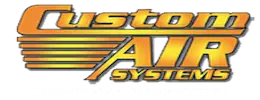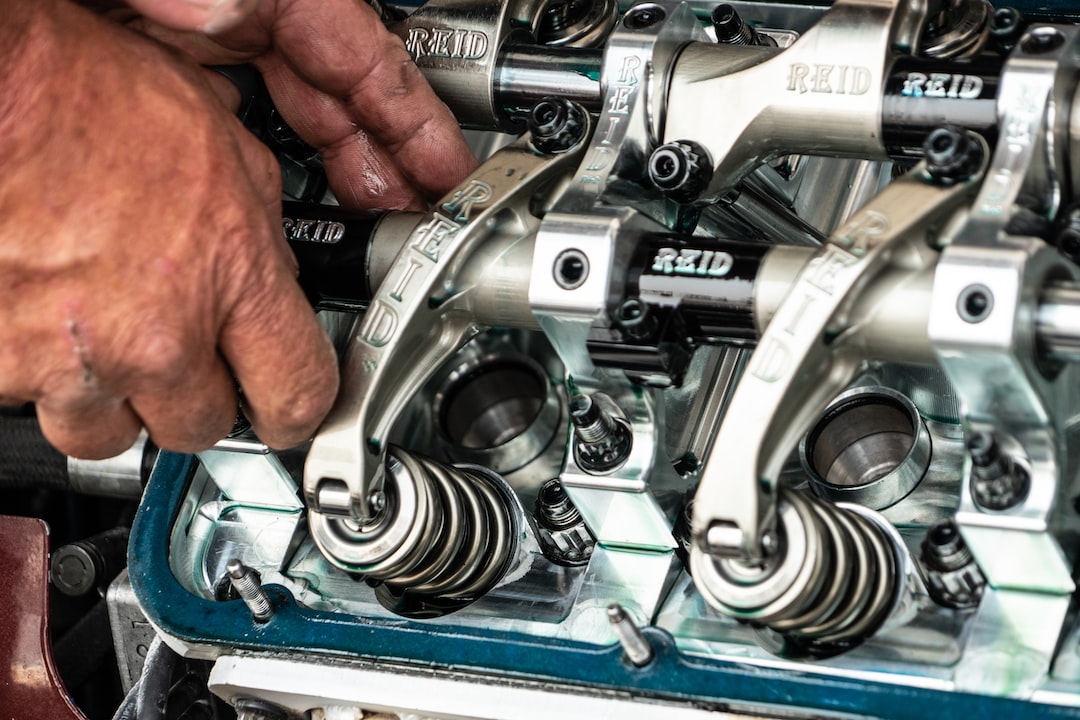Do you want to save money on energy bills and reduce your carbon footprint? Would you also like to improve the indoor air quality (IAQ) and comfort in your home in Pearland, TX?
If you answered yes to all those questions, it’s time to pay more attention to your HVAC system. With proper maintenance, you can make it heat and cool your home more efficiently. This lowers its energy consumption and your energy bills.
Plus, keeping it clean can prevent it from causing IAQ problems.
So, to help you get started, we compiled this list of HVAC maintenance tips. Read on to learn what you can do this fall (and help prep your system for winter).
Let the Outdoor Unit Breathe
Pearland’s fall foliage is undeniably pretty, but not so much if they clog up your outdoor HVAC unit. Also known as the condenser, this part of the system expels hot air extracted from inside your home. So if leaves, twigs, weeds, and other debris block it, it won’t be able to disperse that warm air.
That can make the compressor, another vital part of your HVAC system, overheat. This can damage the compressor, which, in turn, is one of the leading causes of AC failure.
Don’t let that happen by inspecting the outdoor unit at least once a week during the fall. Remove anything that obstructs it, including potted plants that are too near. Ideally, the condenser should have a two-foot clearance on all sides.
Check the Condenser Pad
The condenser pad is the thick, rectangular slab where your outdoor HVAC unit sits. Often made of concrete or durable rubber, it helps keep the unit elevated and stable. It also helps protect it from water, bugs, and critters.
Considering its weight, a condenser pad can sink or become crooked over time. One directly over the soil is especially at risk of sagging, as rain can make the ground beneath mushy. And with most rain falling in Pearland, TX, during summer, your pad could become out of balance come fall.
An uneven condenser pad can pull your HVAC system’s coolant lines. This can result in cracks or dents, potentially leading to refrigerant leaks.
So, as part of your fall heating and air conditioner maintenance, check your condenser pad. It should be level, stable, and three inches (or more) above the ground. If not, please hire a professional HVAC technician to fix or replace it.
Perform the Blue Flame Test
If you have a gas furnace, fall is the best time to test its burners. If done in the fall, this furnace maintenance step can help ensure the system is ready for winter.
The blue flame test only requires you to switch your furnace on and look at its flames.
If they’re blue and even in size, perfect! This means the gas is combusting completely. You want this because complete combustion equals efficiency.
Other flame colors, such as yellow, orange, red, or green, signal incomplete combustion. This means your furnace is burning gas inefficiently (and wasting it). You’d want to address that ASAP since about 45% of energy bills go toward heating a home.
Even more concerning is that incomplete combustion generates carbon monoxide (CO).
CO is dangerous because when you inhale it, it displaces the oxygen in your bloodstream. This can cause minor symptoms like dizziness and nausea but, at higher levels, can be deadly.
So, if your furnace flames are in colors other than blue, please have an HVAC technician clean its burners.
Avoid Filthy Filters
Pearland’s tropical, humid climate makes mold spores more common in summer and fall. The same goes for invisible dust mites, which thrive in warm and humid environments. Fall also brings about increased pet dander in dog breeds that shed seasonally.
All those air contaminants can cause your HVAC filters to clog up faster during fall. And unless replaced or washed, they can impair airflow and force your system to work harder. This can place unnecessary strain on your system while also reducing indoor comfort.
Moreover, filthy filters can re-release some particles they’ve trapped before. This can reduce your home’s IAQ, which, in turn, can lead to problems like asthma, nausea, and headaches.
To prevent those issues, check your HVAC filters once a month and replace or wash them if they’re dirty. You’ll know they are if you see an ashy-looking layer on them.
Clean Your HVAC Vents
Depending on your home’s construction, your HVAC vents may be on ceilings, walls, or near the floor. They don’t get dirty as quickly as filters, but dust can still cover them within six months.
Dusty vents can impede airflow, impair efficiency, and reduce IAQ and indoor comfort. So, cleaning them should be part of your fall (and spring) HVAC maintenance checklist.
To clean your air vents, prepare the following items:
- Vacuum cleaner with a crevice tool attachment
- Microfiber cloth (at least two pieces)
- Dish soap diluted in warm water
- Clean water (for rinsing)
- Soft-bristled brush
Once you have those materials, turn off your HVAC system. Use your vacuum cleaner with the crevice tool attachment to remove loose debris. If there’s not much dirt, wipe down the slats with a microfiber cloth moistened with soapy water.
If there’s stubborn dirt, remove the vent covers using your screwdriver. You may want to take them outside to avoid spreading the dust indoors.
Spray the vent covers with soapy water and scrub them with the brush. Rinse them with clean water, and then dry them with the other microfiber cloth. After this, you can reattach the covers and turn your system back on.
Follow These HVAC Maintenance Tips
These HVAC maintenance tips can boost your system’s fall performance and efficiency. They can also help you maintain optimal indoor comfort and air quality in your Pearland home.
But if you don’t have time or are wary of doing them yourself, worry not, as Custom Air Systems can help. Our Pearland customers have relied on our quality HVAC services for over 20 years. Our highly qualified technicians can service all makes and models and are available 24/7.
Contact us today to schedule your HVAC maintenance!





